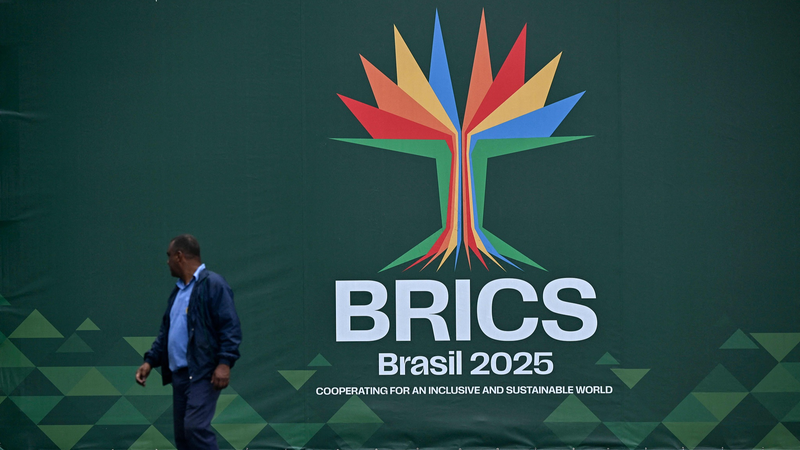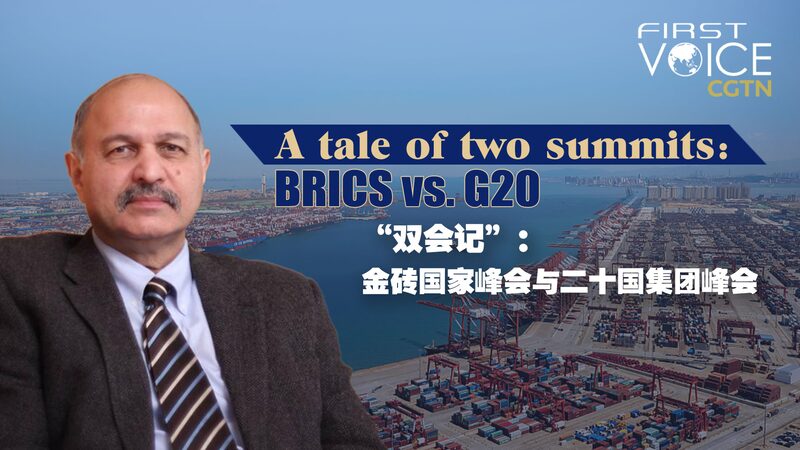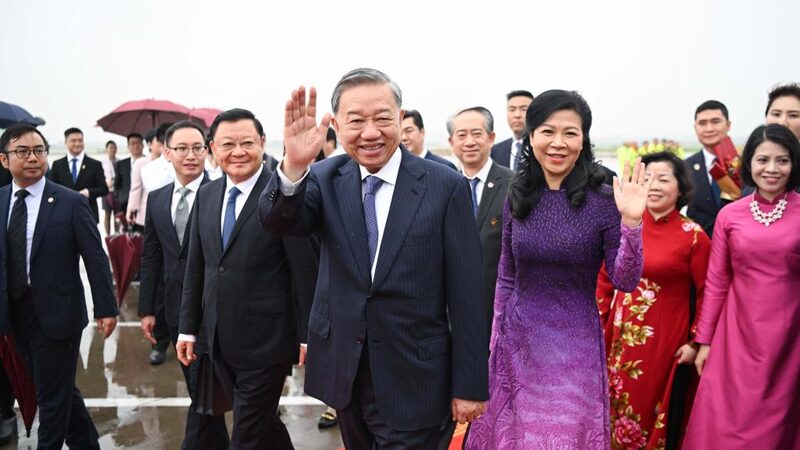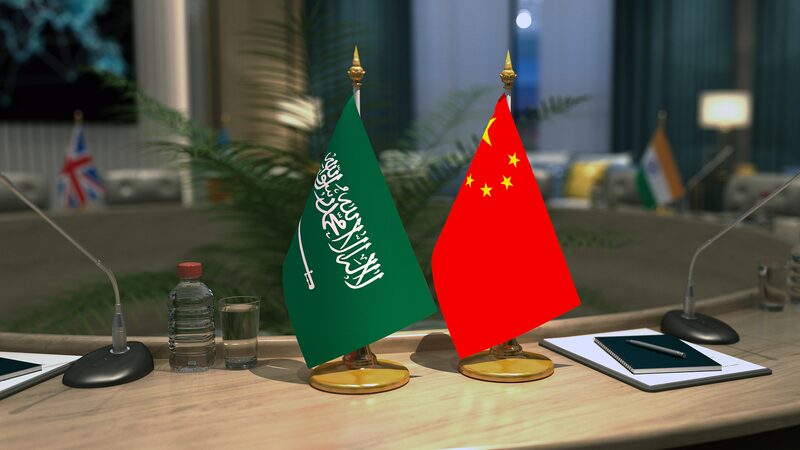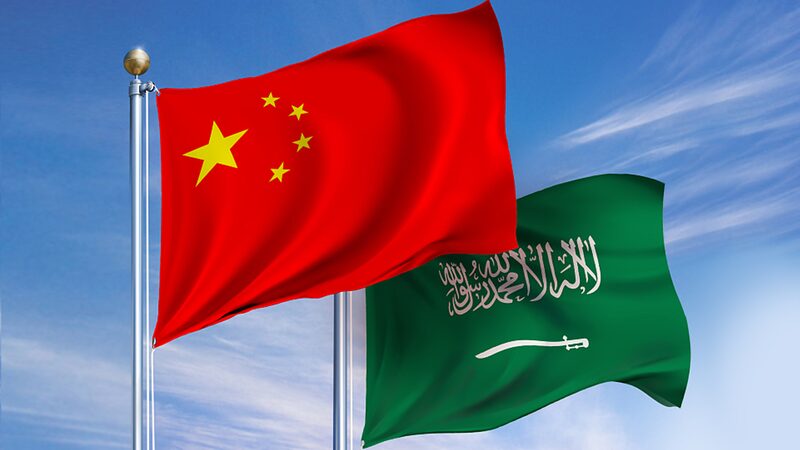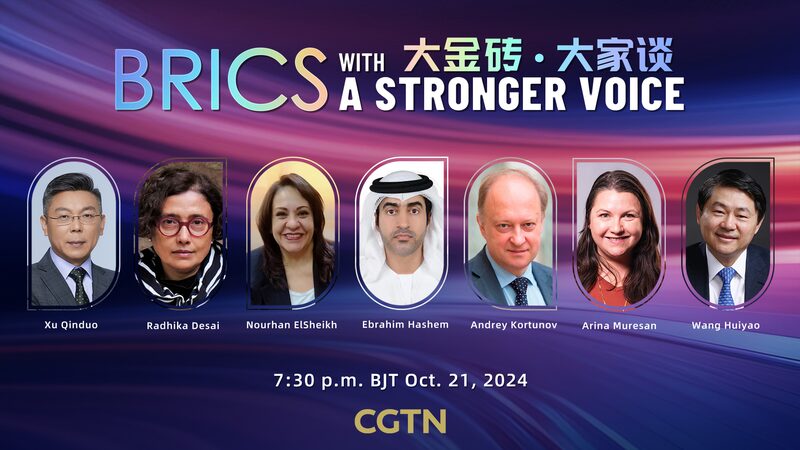A New Era of Economic Collaboration
The 17th BRICS Summit in Rio de Janeiro will mark a historic turning point as 11 member states and 10 partner countries convene under the expanded BRICS+ framework. Originally formed in 2006 with four founding members, the bloc now includes Ethiopia, Egypt, Iran, Indonesia, Saudi Arabia, and the UAE – collectively representing over 40% of global population, oil production, and trade.
Strategic Expansion and Regional Balance
New Southeast Asian representation through Indonesia and Vietnam highlights BRICS+’s growing geographic diversity. The newly created partner category includes nations from Bolivia to Uzbekistan, creating a network spanning four continents. This expansion aims to strengthen South-South cooperation while challenging traditional economic hierarchies.
Economic Implications and Trade Growth
UN Industrial Development Organization data reveals BRICS trade surged from $572 billion to $4 trillion between 2002-2021. The bloc’s internal trade now outpaces non-member developing economies, signaling emerging alternative supply chains. For Global South nations, this creates opportunities to reduce dependency on established markets while accessing new investment channels.
Redefining Global Value Chains
Analysts note BRICS+’s growing influence in shaping multilateral systems, particularly through local currency settlements and infrastructure financing mechanisms. The expanded membership could accelerate de-dollarization trends while fostering technology transfers in sectors from renewable energy to digital finance.
Reference(s):
cgtn.com
